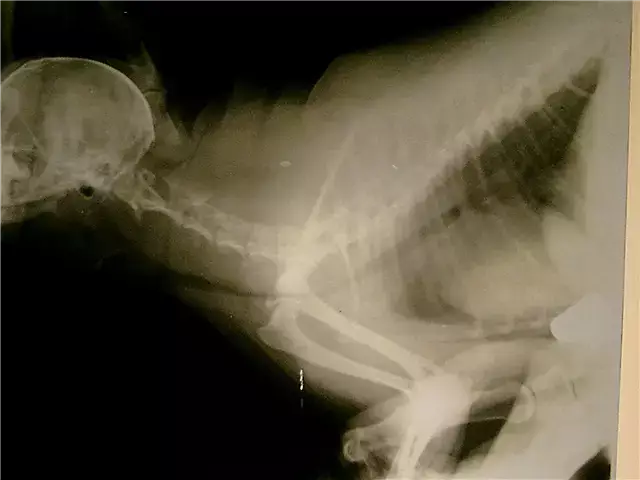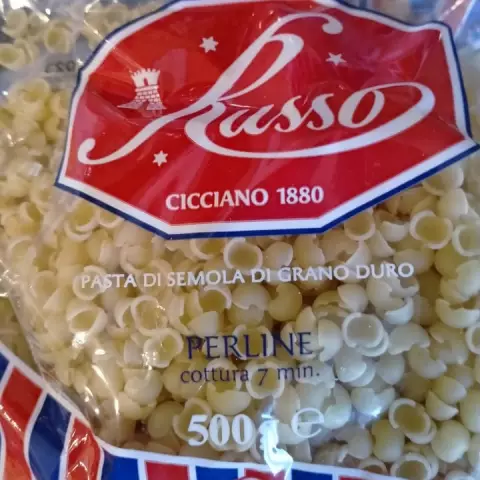- Author Rachel Wainwright [email protected].
- Public 2023-12-15 07:39.
- Last modified 2025-11-02 20:14.
Cistenal
Instructions for use:
- 1. Pharmacological action
- 2. Indications for use
- 3. Analogs
- 4. Instruction
- 5. Side effects
- 6. Contraindications
- 7. Special instructions
- 8. Release form and composition
- 9. Interaction
- 10. Storage conditions
Cistenal is a drug with a combined effect, which has a diuretic (diuretic), anti-inflammatory and antispasmodic properties.
pharmachologic effect

The active ingredients of this drug are good at relaxing the smooth muscles of the ureters, which facilitates the passage of small stones through them. In addition, regular use of the drug leads to loosening of urinary stones, consisting of calcium and magnesium salts.
After oral administration, it is very quickly and almost completely absorbed. The maximum concentration of Cistenal in the blood is noted two hours after ingestion. Biotransformation is carried out in the liver. The drug is excreted from the body in the form of salicylic acid and its metabolites by the kidneys.
Indications for the use of Cistenal
According to the instructions, Cistenal is prescribed for the treatment of urolithiasis, chronic inflammatory diseases of the urinary tract, crystalluria (high salt content in the urine). Reviews of Cistenal indicate that the drug is effective enough to relieve renal colic, and can also be taken to prevent its occurrence.
Analogs of Cistenal
The following drugs have a similar effect to Cistenal: Enatin, Rovatin, Rovakhol. However, in their composition, they differ from Cistenal. Therefore, before taking analogs of Cistenal, you should consult your doctor.
Instructions
This drug for urolithiasis is taken three times a day before meals (about 30-40 minutes), 3-4 drops, applied to a small cube of sugar.
To stop an attack of renal colic, according to the instructions, Cistenal should be taken once in a dose of 10 - 20 drops. In this case, the drug is given strictly after meals, which prevents irritating effects on the gastric mucosa.
According to reviews, Cistenal is very effective in patients suffering from frequent attacks of renal colic. In this case, it is recommended to take it three times a day, 10 drops and drink at least one and a half liters of water per day.
Side effects
The drug has an irritating effect on the gastric mucosa, which can lead to the development of nausea, heartburn, and vomiting. According to reviews, Cistenal, when taken for a long time, contributes to the exacerbation of gastric ulcer and duodenal ulcer.
Contraindications
Cistenal is contraindicated in the following cases:
- Glomerulonephritis (acute or chronic);
- Peptic ulcer of the stomach and duodenum;
- Renal failure;
- All diseases, the treatment of which may require surgical intervention.

According to the instructions, Cistenal can be taken during pregnancy and lactation.
special instructions
The drug contains ethyl alcohol. Therefore, it should not be taken by vehicle drivers shortly before travel.
If, after taking Cistenal, severe heartburn develops, then the drug can be taken during or after meals.
Release form and composition of Cistenal
The drug Cistenal is available in glass vials with a capacity of 10.0 ml.
It includes:
- Extract / tincture of madder root - 0.01 g;
- Magnesium salicylate - 0.15 g;
- Essential oils - 6.15 g;
- Ethyl alcohol - 0.8 g;
- Olive oil until a volume of 10.0 ml is reached.
Cistenal Interaction
The drug reduces the effectiveness of oral forms of tetracycline and fluoroquinolones. According to reviews, Cistenal increases the gastrotoxicity of NSAIDs (non-steroidal anti-inflammatory drugs).
Storage conditions
Cistenal should be stored in a dark and cool place out of the reach of children. The shelf life is three years.
Information about the drug is generalized, provided for informational purposes only and does not replace the official instructions. Self-medication is hazardous to health!






